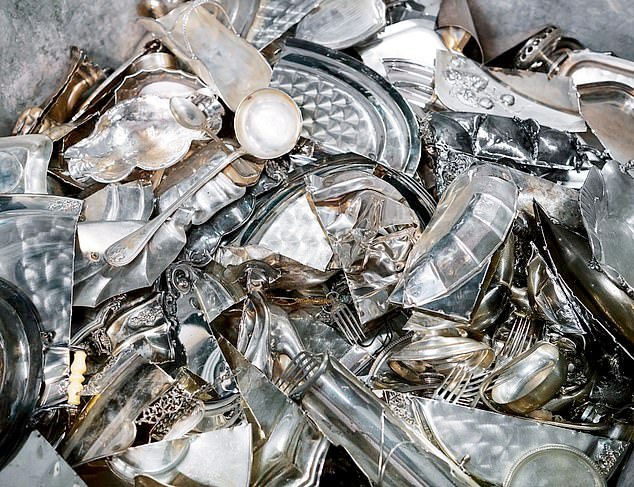Would you pay hundreds of pounds for the junk metal in this picture? Not likely, you’re probably thinking – but you might like to reconsider. In about four months the old cutlery and shards here will have been reincarnated as necklaces, earrings and bracelets sold by Pandora, the world’s largest jewellery company.
In 2024, Pandora began producing all its jewellery from 100 per cent recycled metals, creating the more than 100 million pieces sold annually. After finessing its new eco direction for several years, it now works with two precious-metals suppliers, who accept everything from large-scale manufacturing waste to old phones and battered cutlery such as you might take to the tip.

Each item is smelted – when molten, the silver content can be separated from impurities or other metals. It is then moulded as a pellet and shipped to Thailand, where Pandora’s jewellery is crafted by hand, before being sent to one of its 2,600-plus stores in more than 100 countries.
‘It sounds like a simple process,’ says Mads Twomey-Madsen, the brand’s head of sustainability. ‘But each piece passes through around 30 pairs of hands. Every stage of the crafting has to be documented to make sure it’s 100 per cent recycled.’ It’s a pricey mission. Annually, Pandora pays around £8 million more than it would if using mined silver. But in opting for exclusively recycled silver (and gold), the brand saves 58,000 tons of CO2 a year – which equates to the global use of 6,000 cars.
‘It’s amazing how people react on hearing their jewellery used to be waste,’ Twomey-Madsen adds. ‘Pandora is into storytelling, and what better story than knowing the metal you’re wearing as jewellery shaped others’ lives for decades?’





